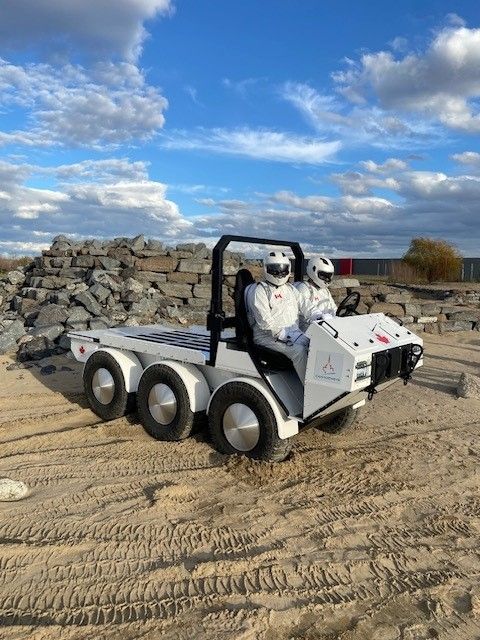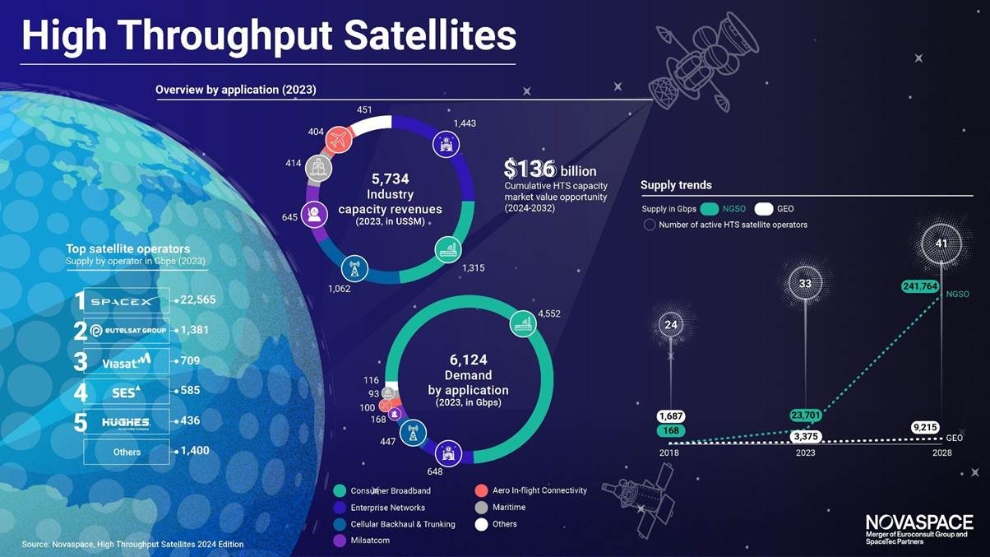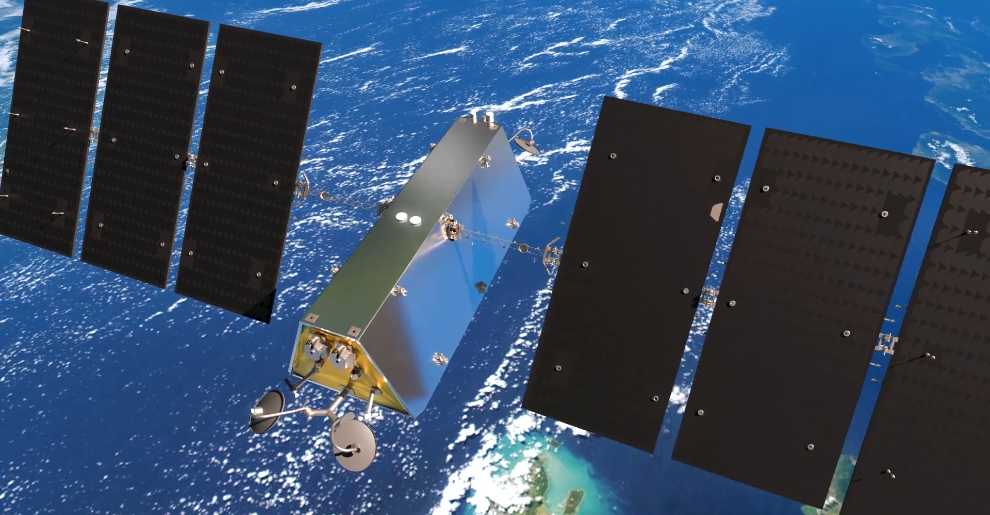The Canadian Space Agency (CSA) recently invited media for an early evening viewing of the Canadensys Aerospace lunar rover at the John H. Chapman Space Centre analog site.
Canadian lunar rover practices
In the video below, provided by the CSA to SpaceQ, is footage of the Canadensys Aerospace lunar rover at the John H. Chapman Space Centre other than the opening sequence. This compilation of footage is from various dates in 2024.
The Canadensys developed lunar over mission to the moon is planned no earlier than 2026.
The lunar rover will be delivered to the south pole of the moon. It is designed to survive lunar nights that can last up to 14 Earth days with temperatures reaching below -200 °C. The rover mass is 35 kg including the science instruments. It has a maximum speed of 20 cm/s (0.72 km/h) and is powered by solar energy. It also has stereo cameras for navigation and unique 4-wheel skid-steer system.
The mission is supported by academia accross Canada and partners globally. From Canadian industry these companies made contributions: Bubble Technology Industries; Leap Biosystems; Maya HTT; NGC Aerospace; Waves in Space Corporation; RF Collins Consulting Incorporated; and Encoded Mountain.
One Lunar Utility Vehicle
Not long after the media viewing of the lunar rover, the CSA posted the following images on their LinkedIn page showing one design of a Lunar Utility Vehicle conducting operational tests, this one also from Canadensys Aerospace.


In July this year, the CSA issued a Letter of Interest (LOI) notification for a Lunar Utility Vehicle that would support astronaut operations on the lunar surface as part of the Artemis Program.
According to the CSA, the Lunar Utility Vehicle could be designed for the following operations:
- Handle logistics tasks, such as moving cargo packages from their landing sites to the habitats and performing construction activities (e.g. preparing landing pads and laying cables)
- Perform science investigations that will enable the Artemis missions and Moon exploration as a whole, such as scouting for navigation and surveying for ice or other resources
- Support astronauts during spacewalks on the lunar surface



